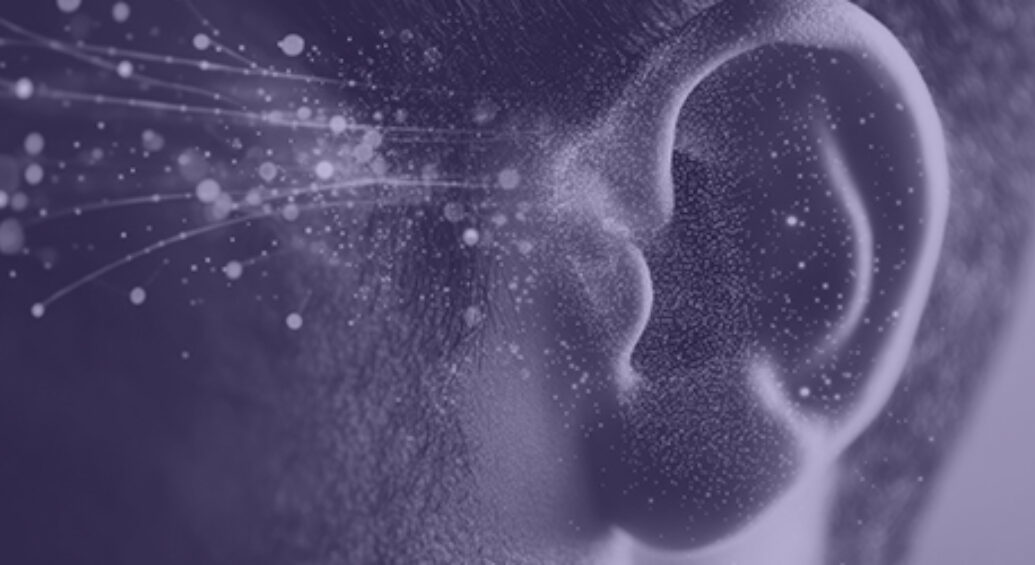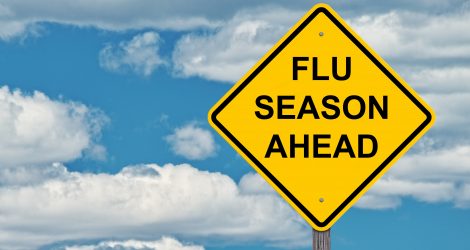Engagys Engagement Whisperers

From Sports Talk to Health Talk: How Storytelling Powers Engagement
When you think about healthcare communication, you might not immediately think of sports radio—but maybe you should.
I got my start in talk radio, covering everything from football stats to food debates. Then one day, a friend from the station hallway changed my path with a single line:
“Hey, I’ve got a unique opportunity you might be interested in.”
That opportunity? Writing IVR scripts about health topics. I took a writing test, got the job—and never looked back.
Why the Switch Made Sense
In hindsight, the transition was more natural than I expected. In radio, my job was to make things sound real. The best commercials felt like conversations. If a line didn’t flow right, I’d rework it until it did. That habit—shaping words so they’re easy to say and easy to hear—translates naturally into healthcare, where clear and engaging language can make the difference between someone tuning out or taking action.
And just like in radio, when we create health messages, we don’t know what else is going on in someone’s life. So we have to cut through the noise—clearly, quickly, and humanely.
🎥 Watch the video below to hear more about the journey from sports to health—and what it taught me about empathy, timing, and saving lives.
Health Talk and Sports Talk: More Alike Than You Think
My job in sports wasn’t just to share stats. It was to keep people tuned in—using humor, storytelling, and relevance. That’s the same goal we have in health engagement. Only now, the stakes are much higher.
I still think about timing, hooks, and flow. The difference is, now we’re using those tools to nudge someone toward a wellness visit or encourage them to return a colon cancer screening kit.
That FIT kit letter I helped write? We included a witty P.S. It worked. Humor—when used thoughtfully—still has a place in health.
Prepping for a Radio Show vs. Writing for Health
When I used to prep for a show, I asked one key question:
Who’s my audience?
It’s the same now. I imagine a family member—my mom, my brother—and ask:
What matters to them? How do I make them lean in?
We use data now, but the mission hasn’t changed. Connection is still the goal. Empathy is still the driver. And authenticity still works.
I’ve had moments in this job that remind me how deeply connected we all are. After the Boston Marathon bombing, callers didn’t want to talk about sports. They wanted to be heard. Today, we aim to meet people where they are in healthcare too—scared, confused, or overwhelmed—and help them feel informed and supported.
The Craziest Things I’ve Written?
In healthcare: convincing someone to donate DNA. Not your average Tuesday.
In sports: somehow, nearly every conversation circled back to food. No matter the topic, food always found a way in—and taught me something important. When you’re speaking to a broad audience, it’s all about finding a common thread that makes people stay.
Do I Miss Sports Radio?
Yes and no.
Radio had its own pressure—putting on your best live show. Now, the pressure is smaller but sharper. I have three seconds to grab someone’s attention in a message. It matters just as much—maybe more.
But here’s the heart of it:
When I sit down to write now, I genuinely believe I’m helping save lives.
A medical director once estimated that one year’s worth of our campaigns helped save 55 lives. That stuck with me. Multiply that across the 16 years I’ve been doing this? That’s more than a thousand people.
That’s why I keep showing up.
My Biggest Takeaway From Sports Radio
Two words: timing and storytelling.
In radio, you learn when to jump in and how to carry a story. Those skills are critical in healthcare, where attention spans are short and stakes are high. Whether you’re explaining a medication change or encouraging a screening, it’s all about clarity, empathy, and relevance.
It’s about helping people stay tuned in—to their health, their options, and their lives.


